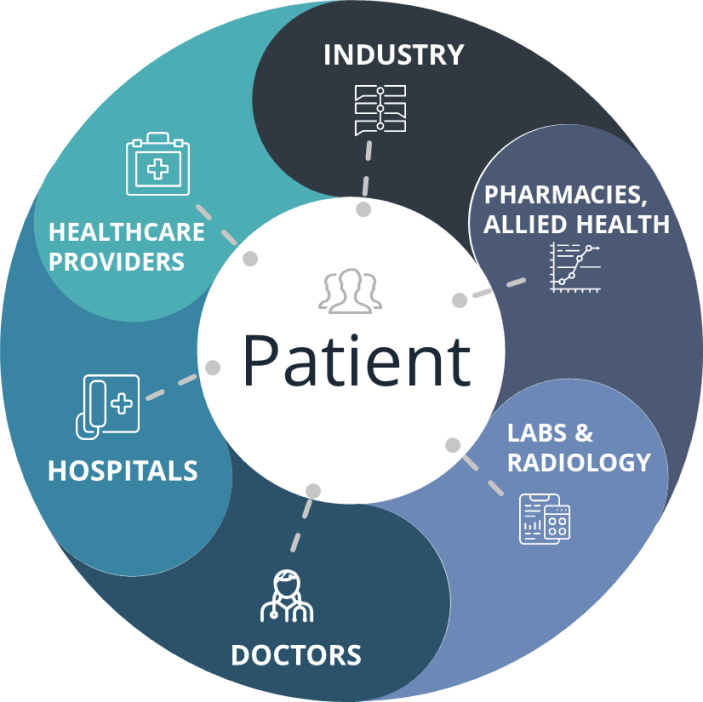-
 Mon-Sun
0900-2100
Mon-Sun
0900-2100
-
 +91 9686200393, +61 424357122
+91 9686200393, +61 424357122
-
 contact@localhost/medusysupdate
contact@localhost/medusysupdate

Patient-centered care that reflects consumer-driven health care decision of an individual as opposed to collective or social choice–based health decision has many implications for clinical decision and resource allocation. With possession of required information and faced with appropriate assessment of preferences, patients make better choices for their own health. However, one must acknowledge that patient-centered approach for adults should effectively integrate tenets of value-based care to improve overall quality of care and societal well-being.
Patient-centered outcomes research focuses the attention on patient’s beliefs, preferences, and needs, in contrast to physician-centered care. However, one must acknowledge that patient-centered approach for adults should effectively integrate tenets of value-based care to improve overall quality of care and societal well-being. Thus, active participation of the patient as a stakeholder is an essential element of patient-centered outcomes research.

Information asymmetry between patients and health care providers
regarding value
and quality is inherent in health care.

The technical and personal nature of health care poses a challenge to providing unbiased and symmetrical information to achieve expected benefits of consumerism. When patients become better informed, they become more knowledgeable.
Comprehensive, unbiased, and uniform health information from trusted source must be available and accessible to all patients as they mostly receive specific information during their visit with the health care provider.
Patient-centered outcomes emphasize the patient's beliefs, opinions, and needs in conjunction with a physician's medical expertise and assessment. Measuring appropriate outcomes is at the core of patient-centered medicine.
Due to growth of the healthcare industry, there is constant pressure on providers to see more patients in less time, fill out paperwork in a timely manner, and stay current on the ever-changing medical advancements that occur daily. This increased pressure on healthcare workers has put stress on the provider-patient relationship.



Non existent in 70 to 80% of people, which results in redundancy with patient needing to enter their health care data in multiple systems across multiple healthcare encounters. This increases significant burden to patient and may also result in many errors leading to misdiagnosis, treatment errors and treatment lapses

Personal healthcare records are not seamlessly integrated with the healthcare system, which results in redundancy and burden of paperwork. Also, Doctors & Healthcare providers do not have seamless experience when dealing with patient.

A well informed patient is very critical to the delivery of quality health care. Patient Education which is critical to the successful healthcare rollout are missing in most of the existing PMS.

Most of the current PMS do not have an effective patient feedback system which can help doctors identify gaps that will improve satisfaction, quality of care, and increase patient engagement. Importance of patient feedback is multifold in ongoing care.
Globally, the number of digital health solutions is increasing, but none of them address patient centric care and patient journey. None of them have the last mile connectivity and universal applicability. Most of them are resource intensive and expensive. The WHO agenda of Universal health coverage will remail ideal unless an innovative and inexpensive solution is developed and deployed.
Dr. Murthy, our founder says, “In my clinical practice of 25 years across the spectrum of developed and developing nations, I have realized the need for IT ecosystem with patient centric care and ability to reach real-world i.e. rural and remote locations”.


Our product is built on patient centric approach and provides all stakeholders in the healthcare ecosystem with enough tools to navigate the patient’s journey from awareness stage to ongoing care. We seamlessly integrate with health systems understand and engage their patients in their entire journey to provide them safe, effective, patient centered, timely, efficient and equitable care.
Our all-in-one digital health system includes several tool in following areas
The data from all the tools seamlessly integrates and power the knowledge engine to enable AI-powered clinical decisions



There are evident gaps in healthcare IT systems across the world due to lack of patient-centric approach leading to incoherent data-driven decisions.Patient journey, being a multi-stage journey with different channels and touch points poses information asymmetry between patients and health care providers.
Our product emphasizes patient centric approach and equips all stakeholders in the healthcare ecosystem with enough tools to navigate the patient’s journey from awareness stage to ongoing care. We help health systems understand and engage their patients in their entire journey to provide them safe, effective, patient centered, timely, efficient and equitable care.
COPYRIGHT 2018 MEDUSYS, ALL RIGHT RESERVED